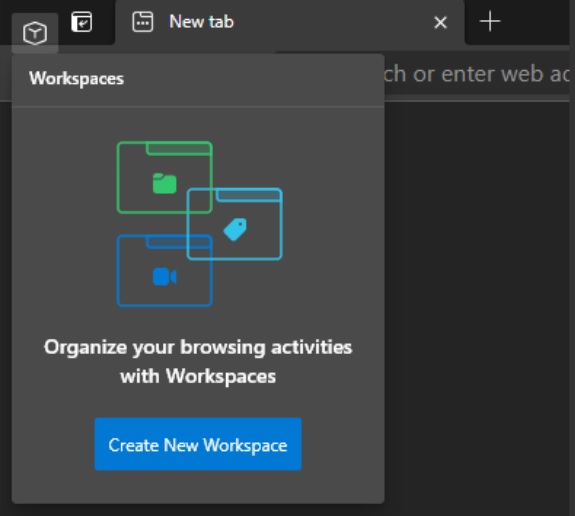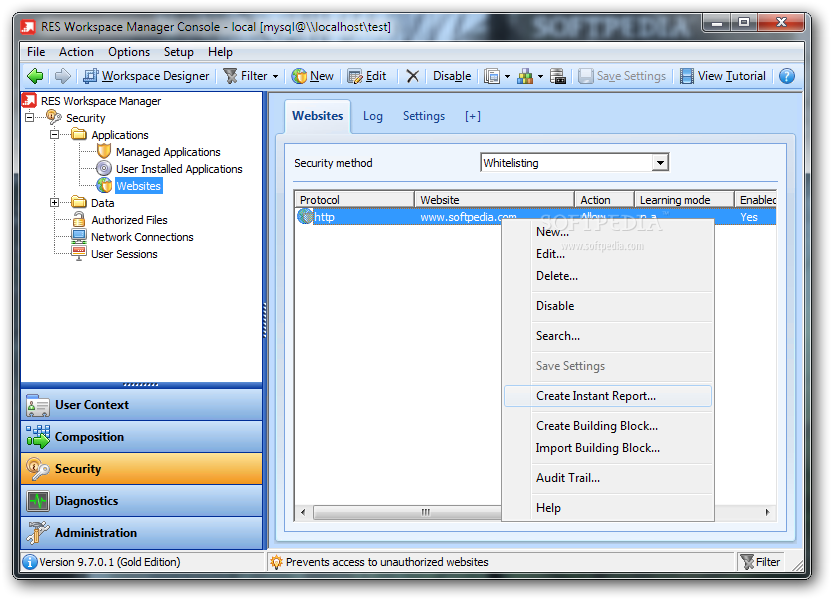

- WINDOWS 10 WORKSPACE MANAGER UPDATE
- WINDOWS 10 WORKSPACE MANAGER FOR WINDOWS 10
- WINDOWS 10 WORKSPACE MANAGER CODE
- WINDOWS 10 WORKSPACE MANAGER WINDOWS 7
- WINDOWS 10 WORKSPACE MANAGER SERIES
Users attempting to log in after the end of life will be unable to access the application and will see a message instructing them to update or contact their administrator. Users must update to the 64-bit version or begin using Work for Web to avoid a service disruption. The current (and last) 32-bit version is 7.16 and will reach End-of-Life on October 8, 2022.
WINDOWS 10 WORKSPACE MANAGER SERIES
The 8x8 Account Settings application is for Non-X Series users only and is a mandatory supplemental application to continue having the ability to adjust Voicemail settings, Call Forwarding rules, E911, and more. Note for IT Admins: As of v 7.0, IT admins leveraging the EXE installer on Windows should consider updating firewall and antivirus rules since the Desktop application now features a new app file name and path on the disk.
WINDOWS 10 WORKSPACE MANAGER WINDOWS 7
WManager = (IVirtualDesktopManager)Activator.CreateInstance(Type.GetTypeFromCLSID(Guids.*Click here for important information about Windows 7 support. Manager = (IVirtualDesktopManagerInternal)shell.QueryService(Guids.CLSID_VirtualDesktopManagerInternal, Guids.IID_IVirtualDesktopManagerInternal) Var shell = (IServiceProvider10)Activator.CreateInstance(Type.GetTypeFromCLSID(Guids.CLSID_ImmersiveShell)) Internal interface IVirtualDesktopManagerInternal Void notimpl1() // void IsViewVisible(IApplicationView view, out int visible) Public static readonly Guid IID_IVirtualDesktop = Learn how use the new Azure portal to perform tasks that you used to do in the classic Azure portal. Customers should use the new Azure portal.

WINDOWS 10 WORKSPACE MANAGER FOR WINDOWS 10
Public static readonly Guid IID_IVirtualDesktopManagerInternal = An overview of modern management for Windows 10 Watch on Note The video demonstrates the configuration process using the classic Azure portal, which is retired. Public static readonly Guid CLSID_VirtualDesktopManager = Public static readonly Guid CLSID_VirtualDesktopManagerInternal = Public static readonly Guid CLSID_ImmersiveShell = I'll first post ComInterop.cs, it contains the COM interface declarations that match NickoTin's C++ declarations: using System To use the code, create a new C# class library project. Always keep in mind that a virtual desktop can appear and disappear at any time, completely out of sync with your code.
WINDOWS 10 WORKSPACE MANAGER CODE
And there is a runtime risk as well: this code does not necessarily interact well when the user is tinkering with the virtual desktops. Microsoft always feels free to change undocumented APIs whenever they feel like it. I do need to emphasize that this code is not something you want to commit to in a product.

I can't read much of the Russian in his blog post, but his C++ code was pretty accurate. I've written some C# code based on the reverse-engineering work done by NickoTin. Unfortunately, this is not nearly enough to accomplish anything useful. Ivanti Environment Manager provides a complete set of desktop personalization and environment management policy capabilities. IVirtualDesktopManager::MoveWindowToDesktop allows you to move a window to a specific virtual desktop. IVirtualDesktopManager::GetWindowDesktopId allows you to retrieve the ID of a virtual desktop, based on a window that is already assigned to that desktop. Programmatic access to the virtual desktop feature is very limited, as Microsoft has only exposed the IVirtualDesktopManager COM interface. It includes the API to detect on which desktop the Window is shown and it can switch and move a Windows the a Desktop. If ((hr = manager.MoveWindowToDesktop(TopLevelWindow, CurrentDesktop)) != 0) Public void MoveWindowToDesktop(IntPtr TopLevelWindow, Guid CurrentDesktop) If ((hr = manager.GetWindowDesktopId(TopLevelWindow, out result)) != 0) Public Guid GetWindowDesktopId(IntPtr TopLevelWindow) If ((hr = manager.IsWindowOnCurrentVirtualDesktop(TopLevelWindow, out result)) != 0) Public bool IsWindowOnCurrentVirtualDesktop(IntPtr TopLevelWindow) Private CVirtualDesktopManager cmanager = null Manager = (IVirtualDesktopManager)cmanager The Windows SDK Support Team Blog posted a C# demo to switch Desktops via IVirtualDesktopManager:


 0 kommentar(er)
0 kommentar(er)
